How to Make Simple Appliqué Towels
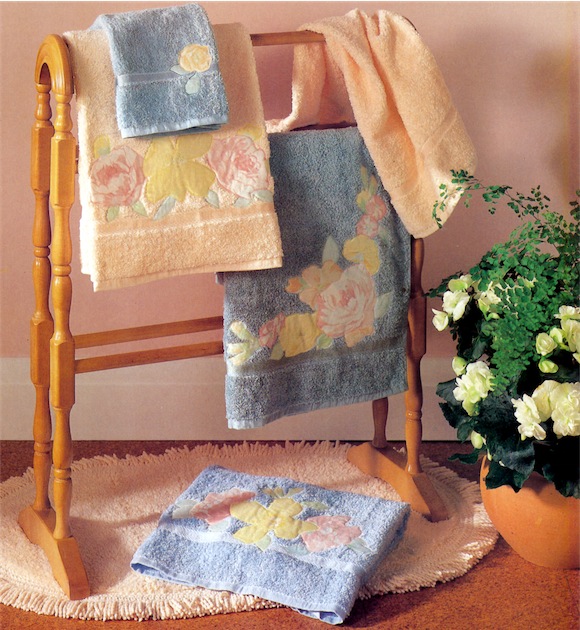
The motifs of a cotton fabric were used on these towels. The motifs can be set in a band, in the center or worked round a corner using separate flowers arranged together.
Appliqué is the simple technique of cutting a motif from a ready-printed fabric and applying it to a background. It is the quickest and easiest way to achieve an appliqué design, as the hard work of drawing each individual shape to create a design has been removed.
All you need to do is cut out the printed motifs, following their outlines, and pin the shapes in a pleasing arrangement on your chosen fabric. Once in place, hand or machine stitch round the outer edges. Completed motifs can be embroidered or decorated with beads and trims.
This technique can be used all round the house – add motifs on to cushions and along the edges of curtains or sheets and pillow cases, taking the motifs from a fabric already used in the room, or team your bathroom or guest towels to match the curtains. Whatever the project or the fabric, the appliqué method remains the same.
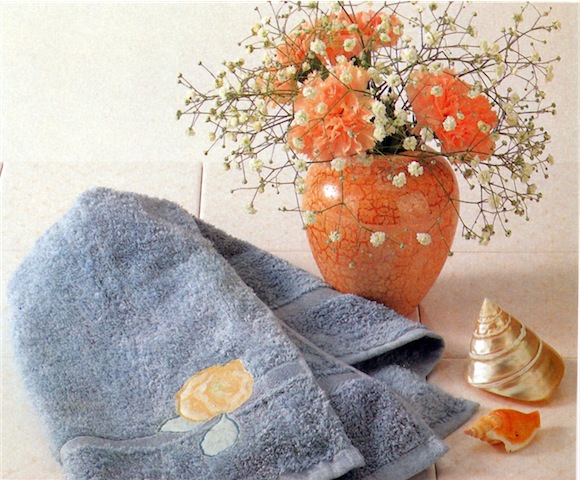
Try the technique first on a hand towel using a single flower.
Materials
towels in chosen sizes and colors
floral fabric – choose a piece with distinctive motifs and the same care properties as the towels
dressmaker’s marking pencil
Wonder Under or Bondaweb, fusible web backing
sewing threads, to match the motifs and to match the towel. Work with the thread that matches the motif on the spool and the thread that matches the towel on the bobbin. In this way the stitching will not stand out on the wrong side of the towel. If you want to define the edges of a motif use a thread which is a shade or so darker than the fabric.
How to Appliqué the Towels
1. Outline the motifs
Select which flower motifs to use from the patterned fabric and draw round them on the right side of the fabric using a dressmaker’s marking pencil. A single flower with a leaf or groups of flowers can be used. Roughly cut out each one, allowing spare fabric all round.
2. Back the motifs
Place each motifs on the bonda web and cut out apiece to the same size. Iron the matching piece of Wonder Under (Bondaweb) to the wrong side of the motif. Repeat for the number of motifs. Carefully trim each motif 3mm (1/8in) beyond the outline.
3. Arrange the motifs
Position the motifs on the towel, moving them about until the arrangement looks good. The motifs can be overlapped or spaced out across the towel. Peel off the Wonder Under (Bondaweb) backing and pin each motif in place on the towel. If the motifs are small, a single pin in the centre will be sufficient to hold them. Iron to fix each motif in place. Remove pins.
4. Stitching the edges
Using a hand running stitch or machine straight stitch and, following the marked outline, stitch round the edge of each motif to hold in place. Set the sewing machine to a satin stitch of suitable width and carefully work round each motif in turn. Make sure that you cover the raw edges and the straight stitching.
5. Finishing off
When the satin stitching is complete, take all the working threads to the wrong side and knot to fasten off.
Colonial American Applique
American colonial women are traditionally thought of as enthusiastic quilters, but their work was usually produced only for special occasions (such as a wedding) or by those who had plenty of help with daily chores. Appliqué was a way to conserve printed fabric, which was scarce. Called “broderie perse,” this technique involves cutting small shapes from printed fabric and sewing them onto a solid-color backing. When larger pieces of appliqué were used, it was usually on a medallion-style quilt. The centerpiece of the quilt is a recognizable motif such as an hourglass or starburst shape, created with strips of appliquéd scrap fabric. Many of today’s enthusiastic hobby quilters use the same patterns and techniques their colonial ancestors did.
Thanks to ehow.com
Reference: The Country Look—Decor & Crafts


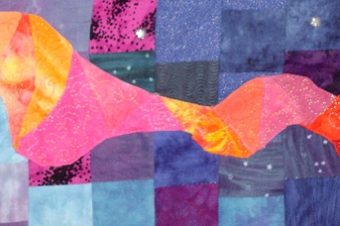
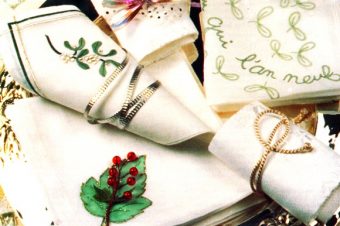
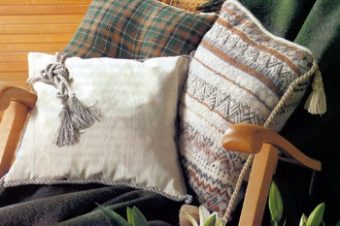
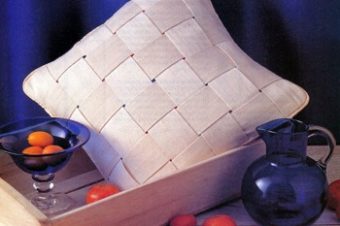
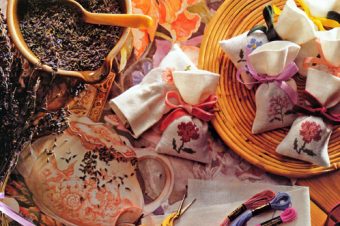

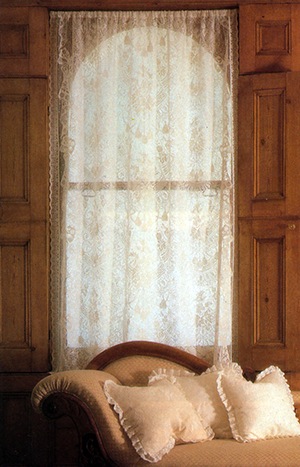
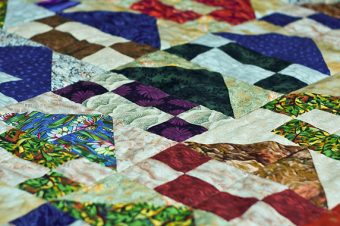
4 Responses
Roar me R
You know those patches that people iron on jeans and stuff just to make them more interesting?
Can I iron those on to terry cloth towels?
Janek
Great idesa! Keep them coming 🙂
evil chevy
examples of recycling clothes: turn the favourite aged jeans into buying bags, handbags, send bags etc.
Change the fashion of the t-shirts plus redesign them into sleeveless running gears or perhaps a tube top.
add additional embellishments to the aged blouses or t-shirts to provide it a modern look or change the color of the blouses with dylon, tie-dye (you are able to not fail with tie-dye)
cut the aged towels plus create them into floor rugs & fix automobile rags
keep the embellishments on the boots, handbags, accessories plus recycle them for wall applique use, house crafts or magnets
Big Banger
I have 2 which my great-grandmother made: all pieces appear to be made of a lightweight cotton, there are a number of items which are damaged, it has a extremely thin cotton batting too.
On the back side there are some= “L” shaped tears. It looks like somebody did some repairs, however there is no way to tell how long ago the repairs were made. Should I try to repair the rest by myself?
(I can, it will be effortless enough) The pieces which have disintergrated – do I leave those?
How does 1 clean these pieces?
My great-grandmotherdied during the 20’s, I think these were handmade way before then (it’s a pair of marriage ring quilts for matching beds) they had been folded up and wrapped inside a trash bag inside a closet. I just found them and decided they should be cared for properly.
Thanks all.